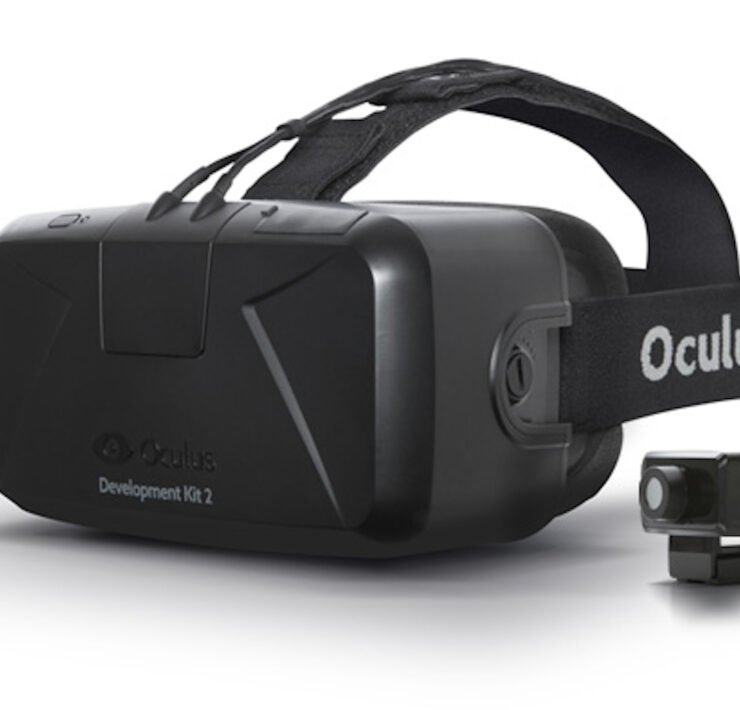PETS ON A CHIP


Personalised Medicine for Pets: Fiction or Future Fact?
One of the problems with current methods for studying disease and potential treatment responses in both animals and ourselves is that they are very much ‘catch-all’ and not individual or tailored. It is acknowledged that the response of a cell in a Petri dish may very well differ markedly from that seen in our bodies, and the issue with animal testing is even more complicated, with ethical considerations to add to the question of whether we and our pets are likely to respond the same way as a mouse to medicines or disease states. It isn’t hard to see how the answer to that question is “probably not.”
The issue of treatment research and testing is even more of a tricky one in veterinary as there is so little drug research and development investment compared to humans, so much of the medicines arsenal we use as vets and pet owners are from those developed for humans. With species and even breed differences at play then it is even less likely that we can accurately and reliably predict responses in individual patients. This can make healthcare for our pets more of an exercise in the unknown than it really should be. As a vet I want to be able to feel confident that the drug I am going to give Sam the Siamese is not going to cause problems for him whilst being amazingly beneficial to Rover the Retriever – it just makes things worryingly confusing and more like a game of Russian Roulette than good medicine.

(wyss.harvard.edu)
The ultimate promise is that of truly personalised medicine, with tailored monitoring and treatment plans based on the exact requirements and responses of the individual pet. A system that is fast, accurate, inexpensive and easy to use, for example by easily integrating with a smartphone. Imagine such a system. I do.
Could ‘organs-on-a-chip’ be the answer? Developed by scientists at the Wyss Institute, part of Harvard University in the US, these memory-stick-sized devices hold real promise. For example, one is the human ‘lung-on-a-chip,’ which contains human lung cells and blood capillary cells, as found in a real lung, and which has air and fluid with blood cells passed through it, as in a real lung, in addition to expanding and contracting as a real lung would. As such, much more accurate and reliable responses to various drugs, toxins and disease states can be tested and studied, thus improving the development of safe and effective treatments. There are other similar organs, such as the heart, which actually contract like a real heart, kidney and bone marrow. They can even be connected together to produce, in effect, a ‘person-on-a-chip,’ which is so exciting for seeing how organs interact and respond to various factors. The true promise of individual medicine!
The system is currently being developed for human modelling, and so contains human cells, but it is not too far-fetched to imagine a future whereby we can take cells from our pets and produce their own chips – ‘pet on a chip’ if you like – and thus enable us to tailor healthcare for our pets in the same way we will do for ourselves. Healthier, longer-lived pets and an extension of the strong bond between us and our pets is the promise.
Chris is a vet, a self-confessed technology enthusiast and a nerd. This level of nerdiness has seen Chris develop his own award-winning iPhone apps for UK dog and cat owners, in addition to writing on a range of technology matters relevant to pets and the veterinary profession. He made the move out to Dubai in early 2013, plying his trade as a small animal vet. When he is not writing, thinking nerdy thoughts or treating animals, he can be found training for and competing in triathlons, kite surfing or jumping from planes in the interest of fun.






